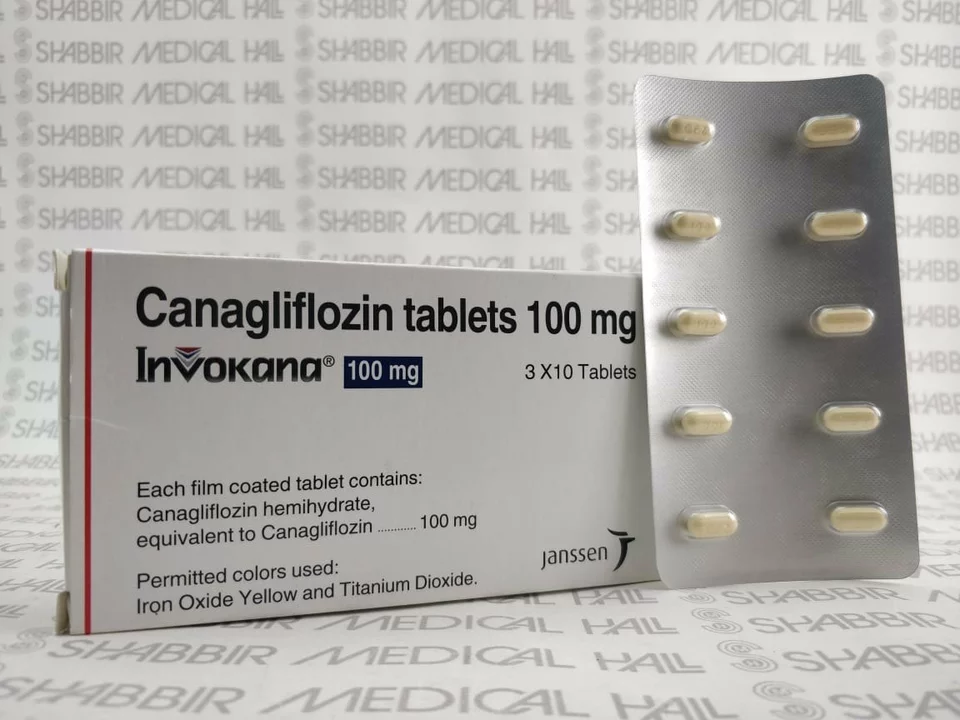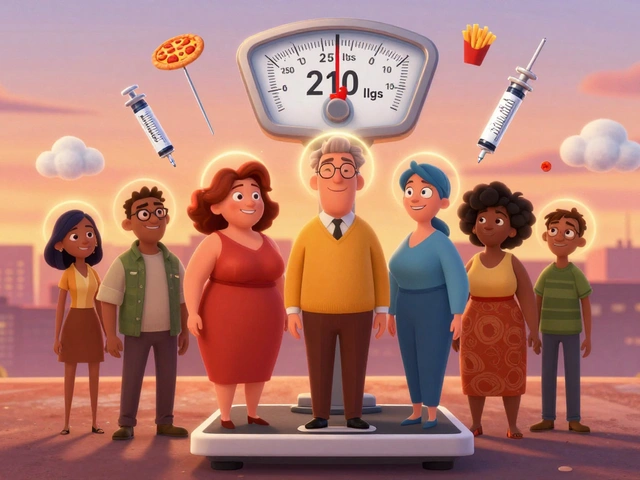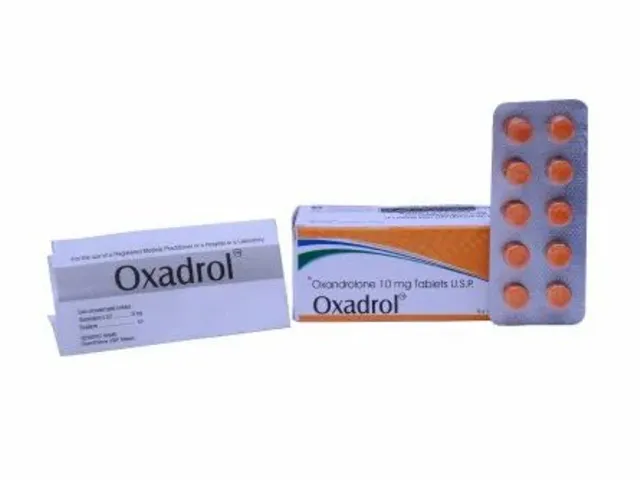Efficacy: How to Judge a Medication’s Real-World Performance
When you hear that a drug is “effective,” what does that actually mean for you? Efficacy is how well a treatment works under controlled conditions, but that’s only part of the story. This page helps you read study claims, spot real-world results, and decide if a medicine is likely to help in your situation.
What efficacy really measures
Clinical trials measure efficacy by comparing groups — treated vs placebo or another drug — using specific endpoints like symptom scores, blood levels, or survival. A trial might say a drug reduced symptoms by 40%. That’s useful, but ask: who was in the study? Healthy volunteers, older adults, or people with multiple conditions? Results differ by group. For example, insulin studies for Lantus focus on long-term blood sugar control, while antiviral trials for aciclovir track time to lesion healing. Both are efficacy measures, but they mean different things for daily life.
Also look at duration and size. Short studies can show early benefit but miss late problems. Small trials can give promising signals but carry more uncertainty. Bigger, longer trials with clear, patient-centered outcomes give stronger evidence.
How to judge claims and compare treatments
Check absolute vs relative benefit. A 50% relative risk reduction sounds big, but if the absolute risk drops from 2% to 1%, the real gain is small. Look for absolute numbers and how many people need treatment to help one person (NNT).
Consider side effects and dropouts. A drug that helps but causes many side effects may not be more useful overall. For example, some osteoporosis meds like Fosamax show bone density gains, but you’ll want data on fractures prevented — that’s a true clinical benefit.
Real-world evidence matters. Observational studies and patient reports reveal how a drug performs outside trials: adherence, interactions, and lifestyle factors. Online reviews and pharmacy deal posts can tell you about availability and cost, but treat anecdote cautiously. Prefer registries, insurance data, and peer-reviewed real-world studies.
Watch for bias and marketing language. Terms like “proven” or “miracle” usually mean aggressive marketing. Reliable sources cite peer-reviewed trials, meta-analyses, or guidelines from recognized bodies.
If you’re comparing alternatives — say different antibiotics or antidepressants — look for head-to-head trials or systematic reviews. Those give the clearest answer on which option is more effective for a given problem.
Practical checklist: Who was studied? What was the exact benefit (absolute numbers)? How long was the study? What side effects occurred? Is there consistent evidence outside trials?
Want examples? Read our posts on Lantus for insulin efficacy, Aciclovir for antivirals, or Fosamax for osteoporosis — each article breaks down the evidence and what it means day-to-day.
Final thought: efficacy is a starting point, not the whole decision. Combine trial data, real-world experience, side-effect profiles, and cost to decide what’s best for you — and talk with your clinician about how the evidence fits your life.

Efavirenz Safety and Efficacy in Children
Efavirenz is commonly used in pediatric HIV treatment, but understanding its safety and efficacy can help parents make informed decisions. This article delves into its benefits, potential side effects, and tips for safe administration in children. With insights backed by recent research, it serves as a practical guide for caregivers ensuring effective treatment for young patients.

Canagliflozin and the Elderly: Safety and Efficacy Considerations
As a blogger, I've been looking into the safety and efficacy of Canagliflozin in elderly patients. From my research, it appears that this medication is generally well-tolerated by older individuals with type 2 diabetes. However, there are some potential side effects, such as dehydration and urinary tract infections, which may be more frequent in this age group. It's important for healthcare providers to weigh the benefits and risks of Canagliflozin for each patient, taking their age and overall health into consideration. In conclusion, Canagliflozin can be a useful treatment option for managing type 2 diabetes in the elderly, but special attention must be paid to potential risks and side effects.
Categories
- Medications (50)
- Health and Medicine (47)
- Health and Wellness (34)
- Online Pharmacy Guides (15)
- Nutrition and Supplements (7)
- Parenting and Family (3)
- Environment and Conservation (2)
- healthcare (2)
- prescription savings (1)



